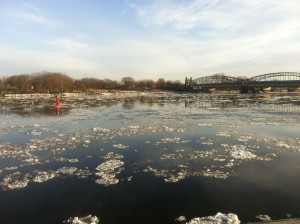
Totally not the focus of our experiments, but so beautiful! Kelvin-Helmholtz instabilities
This is really not the focus of our experiments here in Grenoble, but they are too nice not to show: Kelvin-Helmholtz instabilities! They showed up really nicely in our first…
